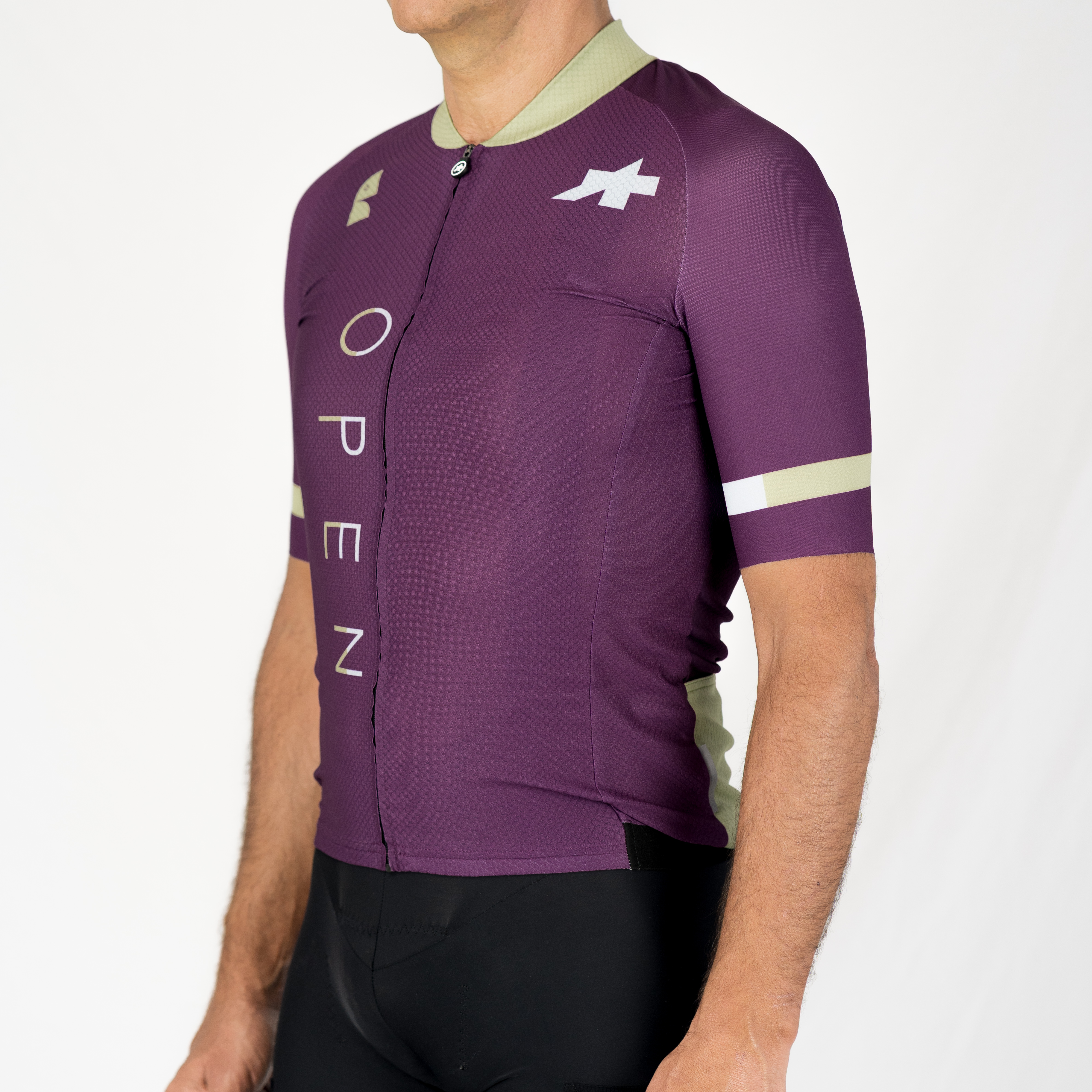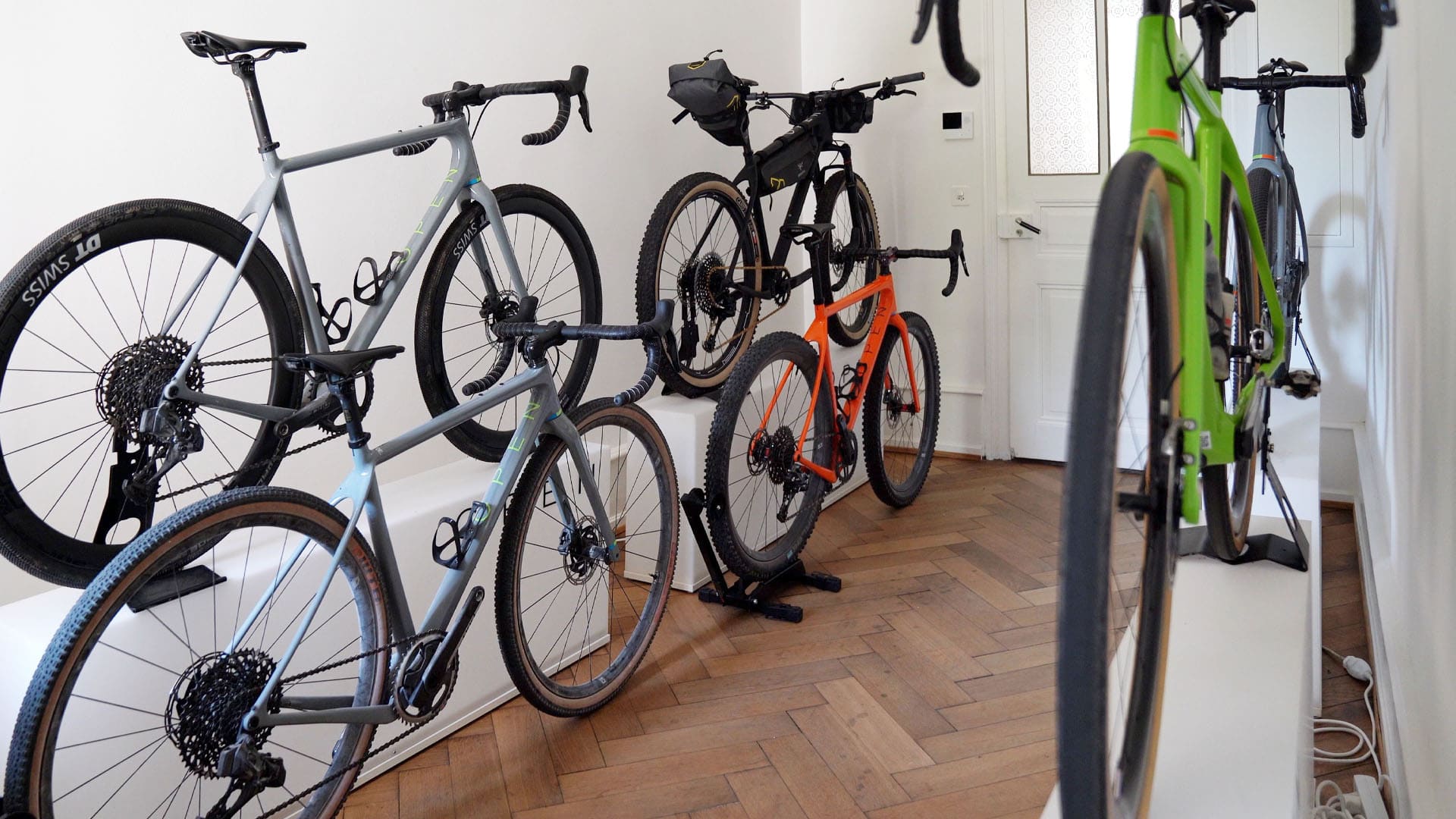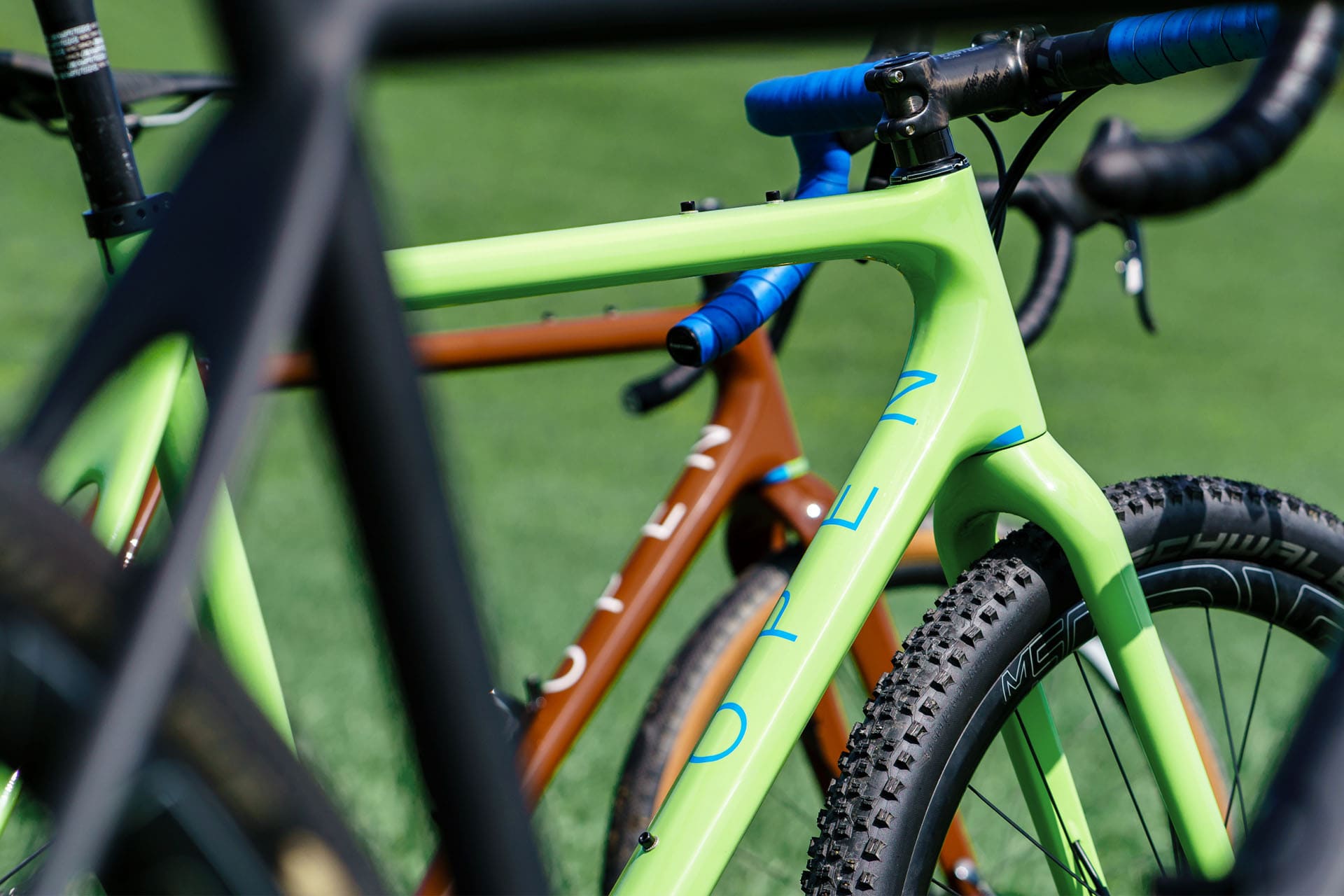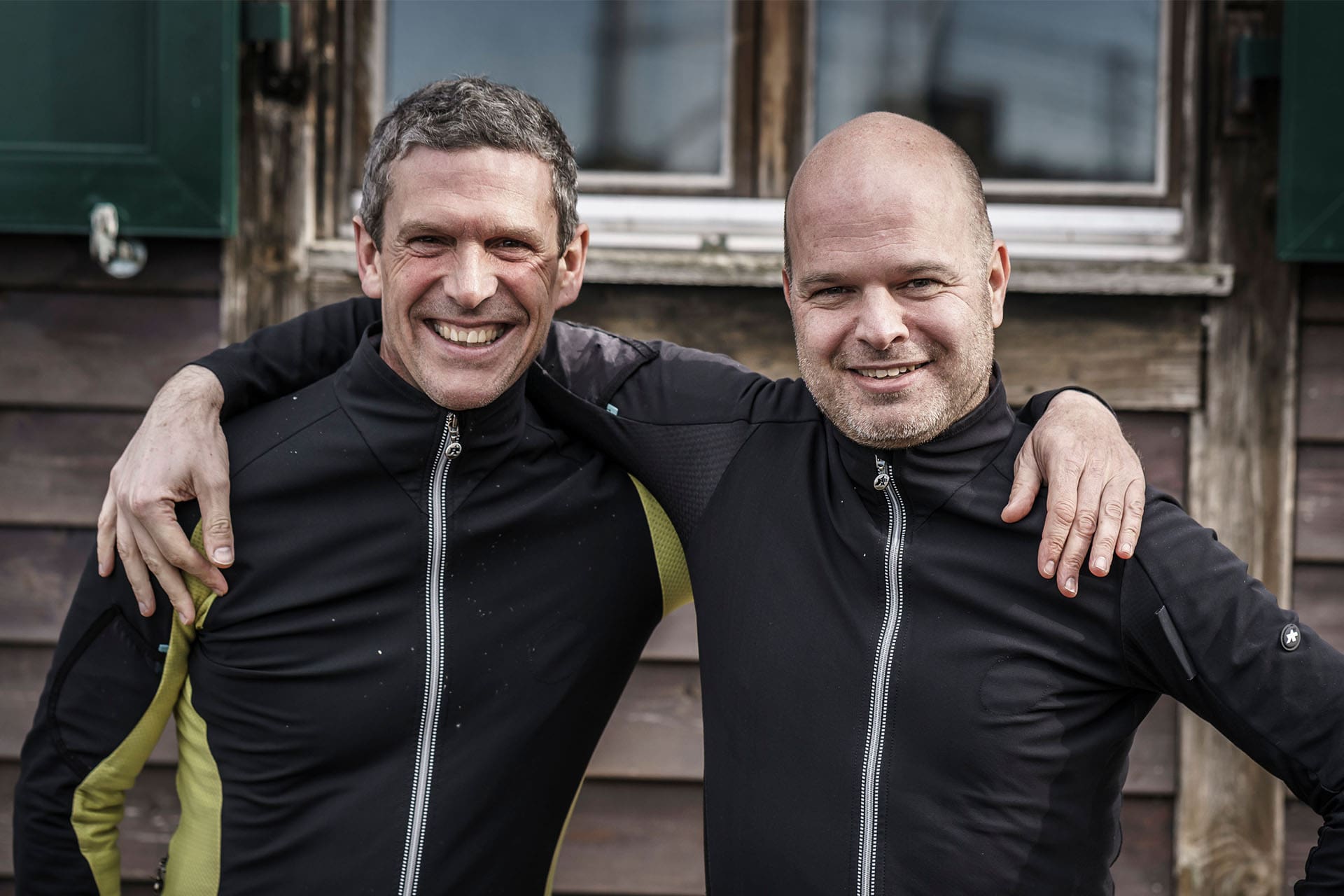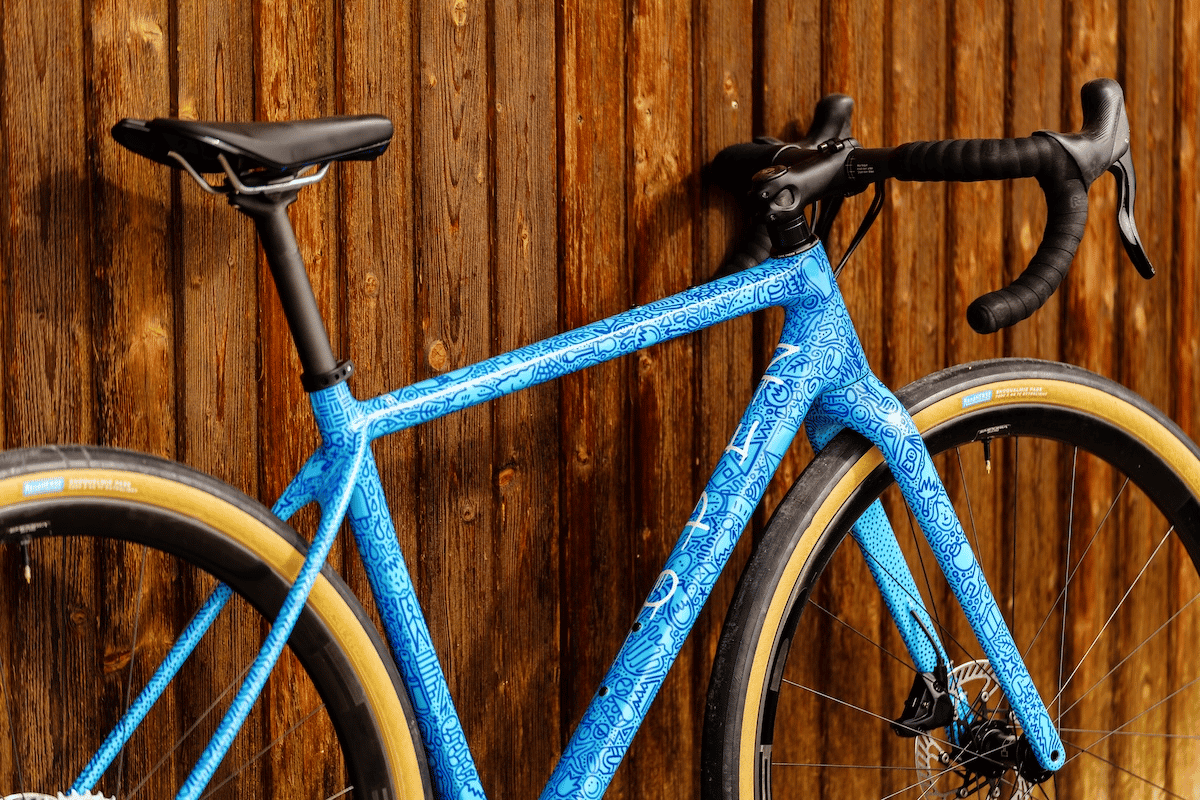Tackling the cable routing
04. Jul ’11
General
Cable routing is looking good, the triangular stop on the headtube gives us the smallest possible entry and the way the outside and inside of the pocket overlap guarantees us the full strength of the headtube. As an added bonus, the shot from the headtube to the bottom bracket is perfect, so there should be no issue of the cables vibrating against the downtube, especially because they all cross over from left to right (this means both shifter cables and the hydraulic line for the rear disc brake).
A quick why about the internal cables. There are several reasons for this, but the most important ones are:
So the overall housing length is shorter, which means less cable friction and less weight. People sometimes laugh when I talk about saving housing length, that is until they weigh it. Housing is incredibly dense (no surprise, it's mostly steel). So in this era of everything carbon, you want to make sure you reduce this bit of steel to a minimum. Now all we need is a name for our cable stops. I usually just write down a list of associations and then pick one. My rule, never spend more than 5 minutes on picking a name. Here we go:
OK, enough time spent on this, let's go with Stoptimal (tm)! After all they are cable stops optimized for the lowest possible shifting friction, lowest weight as best durability and cleaning. And if you think tossing "stop" and "optimal" together is too simple for a name, then just pretend it stands for "Super Terrific Optimal" or "Shift Technology Optimizing Performance Through Ingeniously Minimizing Acier Length", with Acier the French word for Steel. Time to stop writing while I still may have an ounce of your respect left. And no, we didn't solve the seatpost clamping today, getting rather frustrating, but I feel we're getting closer.
Note: Of course in the end simplicity won the day, so we call the piece MultiStop as it stops all the cables together in one spot.
A quick why about the internal cables. There are several reasons for this, but the most important ones are:
- Internally, the cables are protected from the elements, so they will perform perfectly for a long time.
- Internal routing also protects the cables from branches and other potential hazards, which in turn means the frame is protected from cable guides being pulled out in case of an accident.
- Without cables and cablestops, the frame is a lot easier to clean. If you ride the way I do, that's a common occurrence.
- It looks good. There, I've said it, it looks good. Nothing wrong with that. I wouldn't make it look good if it was technically bad, but as a bonus, I'll gladly take it.
So the overall housing length is shorter, which means less cable friction and less weight. People sometimes laugh when I talk about saving housing length, that is until they weigh it. Housing is incredibly dense (no surprise, it's mostly steel). So in this era of everything carbon, you want to make sure you reduce this bit of steel to a minimum. Now all we need is a name for our cable stops. I usually just write down a list of associations and then pick one. My rule, never spend more than 5 minutes on picking a name. Here we go:
- stopper
- snagger
- cable ends
- cablends (blending in)
- ami-cable ((user-)friendly solution)
- cablended
- stop
- stoptimal
OK, enough time spent on this, let's go with Stoptimal (tm)! After all they are cable stops optimized for the lowest possible shifting friction, lowest weight as best durability and cleaning. And if you think tossing "stop" and "optimal" together is too simple for a name, then just pretend it stands for "Super Terrific Optimal" or "Shift Technology Optimizing Performance Through Ingeniously Minimizing Acier Length", with Acier the French word for Steel. Time to stop writing while I still may have an ounce of your respect left. And no, we didn't solve the seatpost clamping today, getting rather frustrating, but I feel we're getting closer.
Note: Of course in the end simplicity won the day, so we call the piece MultiStop as it stops all the cables together in one spot.





